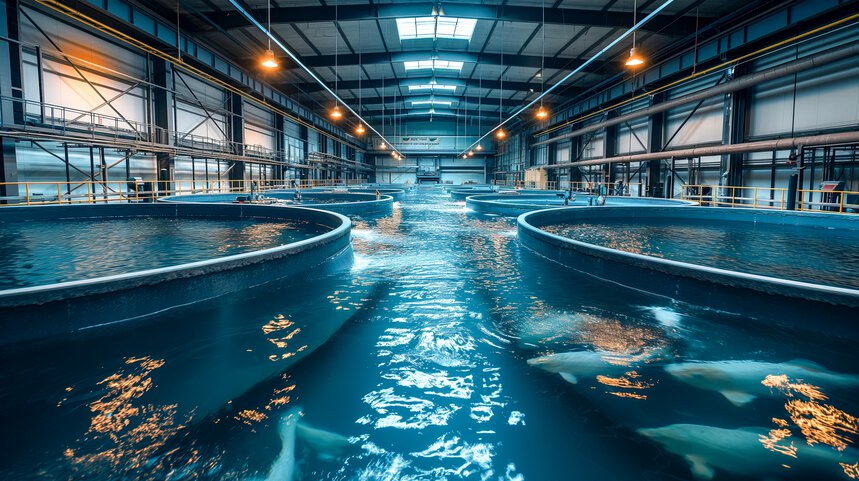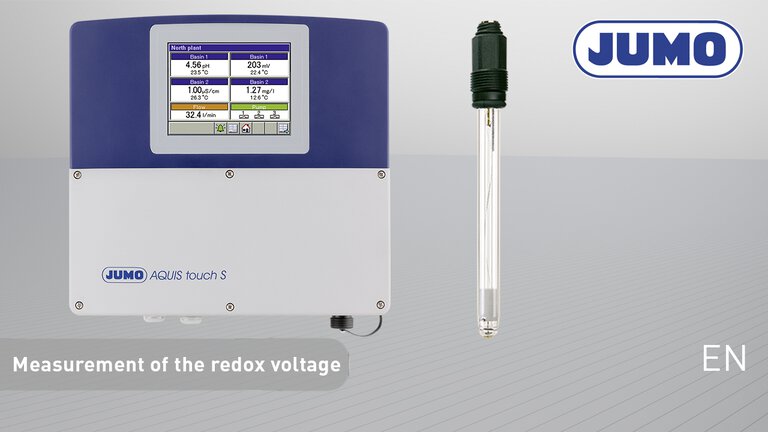

Redox measuremens - applications you need to know all about
Redox measurements play a crucial role in numerous industries and processes. Whether it concerns purifying water, improving food safety, or optimizing chemical reactions, the applications of redox measurements are versatile and essential. In this blog, we show how this technique is used to improve processes and solve problems.
Why is redox measurement important?
Redox measurements provide insight into the chemical balance of a system. By measuring the redox potential, you can determine whether an environment is oxidative (releasing electrons) or reductive (absorbing electrons). This insight is invaluable in processes where chemical reactions play a key role. But how is this applied in practice? Let's look at some important applications:
Applications for redox measurement:
Water purification — the key to clean water
Redox measurements are indispensable in the water treatment industry. They are used to monitor the effectiveness of disinfection processes and to guarantee water quality
-
Drinking water: redox measurements help monitor the amount of oxidizing agents, such as chlorine, used to kill bacteria and viruses. A redox value of +650 mV or higher is often considered safe for drinking water.
-
Wastewater treatment: Redox measurements are used in wastewater treatment plants to optimize the various stages of the treatment process. For example:
-
aerobic processes (with oxygen): here, a positive redox value is maintained in order to break down organic material.
-
anaerobic processes (without oxygen): a negative redox value promotes the breakdown of organic material by microorganisms.
-
Swimming pools — safe and clean bathing water
Redox measurements are used in swimming pools to monitor disinfection processes. A redox value of +650 mV to +750 mV indicates that there is sufficient chlorine present to eliminate bacteria and other pathogens, while the water remains safe for swimmers. This makes redox measurements an essential tool for pool managers.
Food production — ensuring quality and safety
In the food industry, redox measurements are used to improve the quality and safety of products. Some examples:
• Fermentatation processes
In the production of yogurt, cheese, beer, and wine, precise control of the redox value is essential to promote the growth of the right microorganisms.
• Preservation
Redox measurements help control oxidative processes that can cause spoilage. For example, a higher redox value can extend the shelf life of products.
Chemical industry — reaction control and optimization
In the chemical industry, redox measurements are used to monitor and optimize chemical reactions. This is particularly important in processes such as:
• Oxidative reactions: For example, when bleaching paper or producing chemicals.
• Reductive reactions: Such as removing heavy metals from wastewater or producing certain plastics.
By measuring the redox potential, chemical processes can be carried out more efficiently and safely.
Environmental monitoring — benefits health ecosystems
Redox measurements are also used in environmental sciences to assess the health of ecosystems. For example:
• Soil testing: the redox value of the soil can provide insight into the availability of nutrients and the activity of microorganisms.
•Water quality in lakes and rivers: redox measurements help monitor oxygen levels and the presence of pollutants.

Redox measurement is essential to ensure the health of ecosystems.
Power generation — fuel cells and batteries
In the energy industry, redox reactions play a key role in technologies such as fuel cells and batteries. Redox measurements are used to monitor and improve the efficiency and performance of these systems.
Conclusion: Redox measurement — indispensable in every industry
Redox measurement is a powerful tool that is used in a wide range of industries and processes. From water purification and food production to chemical reactions and environmental monitoring, the possibilities are endless. By measuring the redox potential, you can optimize processes, improve quality, and potentially solve problems.
Curious about how redox measurements can improve your process? Contact us!
About the author
My name is Saskia van der Laan and I have been working in content marketing for several years. I enjoy combining my professional skills with my passion for writing, with the aim of informing and inspiring others. Outside of work, I enjoy walking my dog, reading, and playing sports.
Visit my LinkedIn page.


